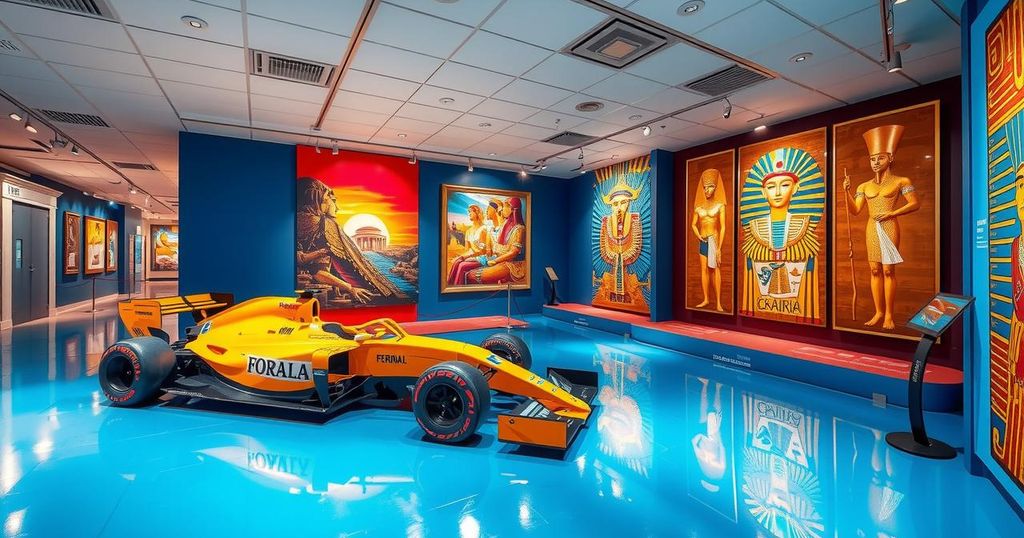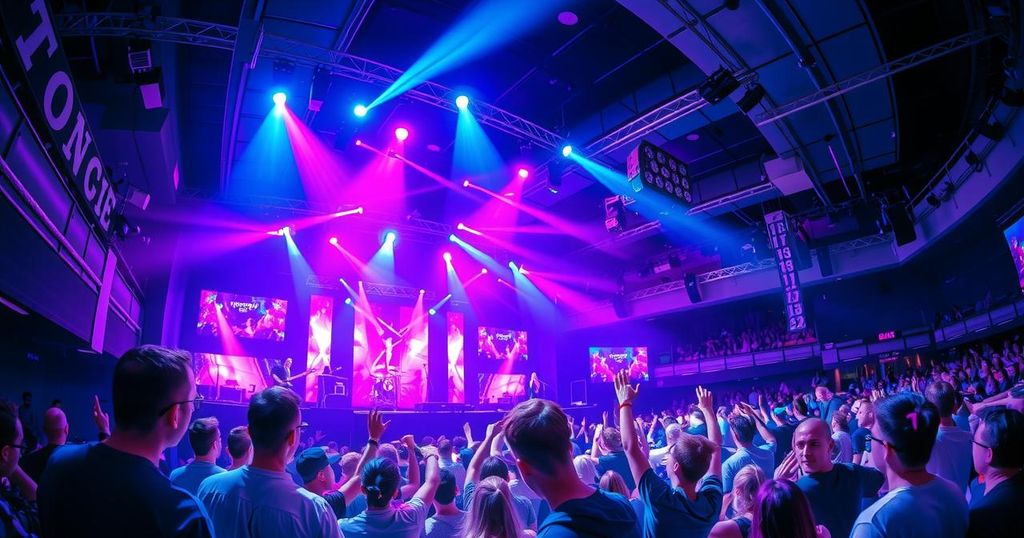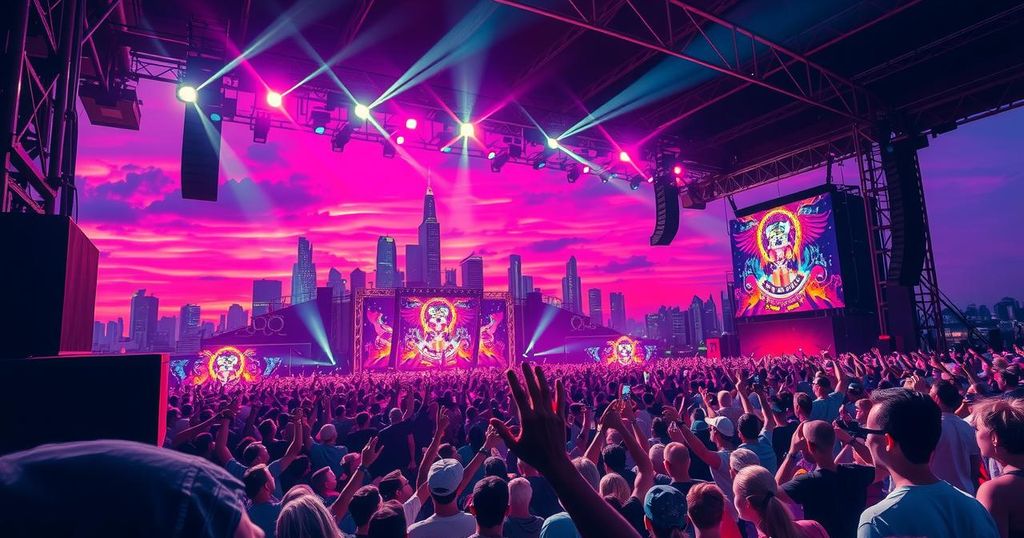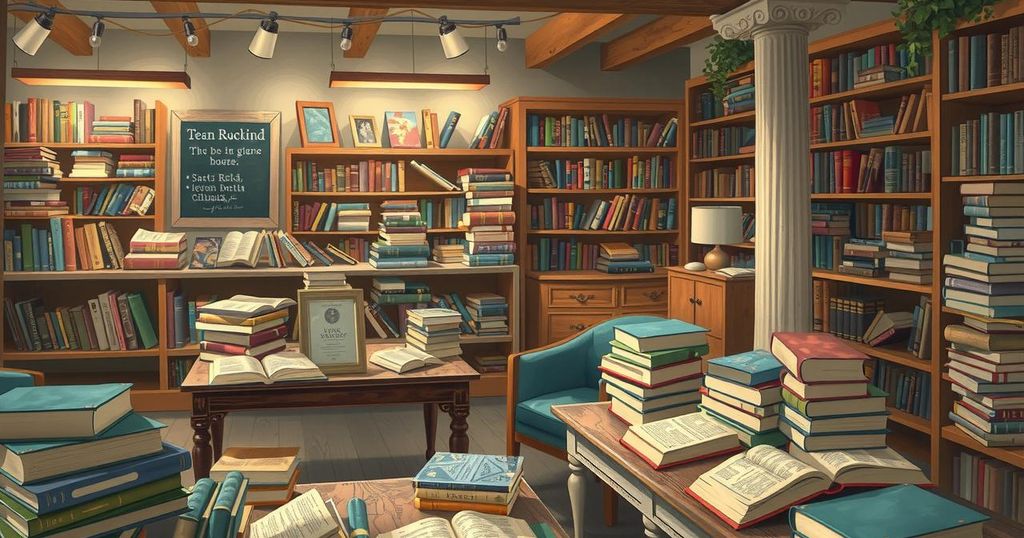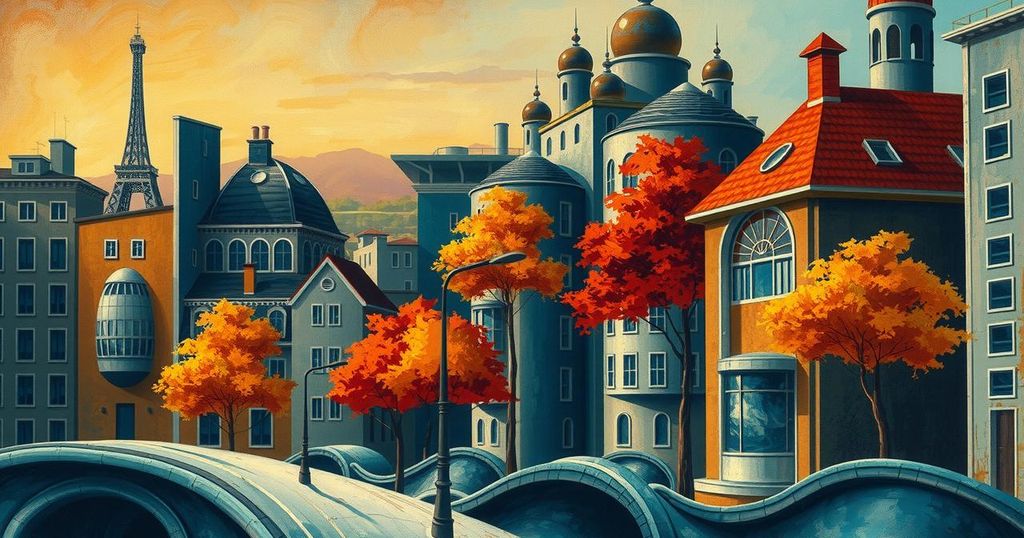Discover Edvard Munch’s artistic presence in Oslo through Ekeberg Park, the Munch Museum, and his former residence in Ramme. Experience the connection between his art and the city’s vibrant culture today. Highlights include exhibitions, historical insights, and scenic locations that shaped Munch’s legacy.
As the sun sets, I arrive at Ekeberg Park in Oslo, where the late winter sky softens into shades of blue, grey, and yellow. From a viewpoint, I reflect on Edvard Munch’s visit in 1892, where he famously noted hearing a “great and infinite scream through nature.” While his scream remains a mystery, the park is now filled with the laughter of children and the activity of joggers.
In Oslo, Munch’s presence is inescapable, especially with the National Portrait Gallery showcasing a new exhibition of his portraits. Staying at Clarion Hotel Oslo, I find Warhol’s version of The Scream in the lobby and Abramović’s photograph during breakfast. The nearby Munch Museum stands out, its tilted tower said to bow to the city that inspired much of Munch’s work.
My guide, Sid, shares insights on Munch’s legacy, explaining, “Munch was unique in how he captured a shift in generations and perception.” His art’s relevance today lies not only in its emotional depth but also in the profound connection between humanity and nature.
Within the Munch Museum, three versions of The Scream are displayed for 30 minutes each to preserve their colours, including one damaged in a notorious theft in 2004. Another version from the National Museum was stolen in 1994 during the Winter Olympics but was recovered after 12 weeks.
The gallery also features sketches of Munch’s Aula paintings for Oslo University, which depict various human experiences. These masterpieces were hidden during the Nazi invasion due to their classification as “degenerate art,” but were restored post-war. Visitors can view these works on selected Saturdays from February to May.
A trip to Ramme, where Munch painted, offers a tranquil experience away from the city. His house, rented out in summer, offers scenic views and inspiration from nature. The sound of the sea and apple trees create a calming environment that Munch cherished.
Back in Oslo’s Grünerløkka quarter, I explore the vibrant neighbourhood where Munch lived, spotting plaques that remind us of his legacy. I visit the spot that inspired The Sick Child, reflecting on the vibrant atmosphere that contrasts with the deeper themes of his work. I also enjoy the lively culture in cafés and shops, wondering if I might encounter a modern-day Madonna.
Before my departure, I pay my respects at Munch’s grave in Our Saviour’s cemetery, contemplating the artwork he could have produced today. As walking tour guide Linda noted, he would likely be “a selfie king” given his passion for self-portraits.
Oslo offers a rich exploration of Edvard Munch’s life and art, with significant landmarks like Ekeberg Park, Munch Museum, and his former residence at Ramme. The blend of historical context and contemporary vibrancy allows visitors to connect with Munch’s timeless themes of nature, emotion, and human experience. His legacy continues to resonate remarkably well in today’s world, making a trip to Oslo a compelling experience for art lovers.
Original Source: www.theguardian.com
